sashimi (Page 3)
The US$1.75 million bluefin tuna was bought by none other than the president of a popular sushi chain.
Each one is a treat for the eyes and the taste buds using fresh fish bought near Japan’s Seto Inland Sea.
This Asakusa restaurant has two of Japan’s greatest foods, paired in a way nobody ever did before, and the result is amazing.
Restaurants that specialize in salmon sashimi are few and far between in Japan, but now there’s one right in the center of Tokyo.
We try out this revolutionary condiment that could change the way everyone eats sushi, sashimi, or anything really.
The legendary creator of Lone Wolf and Cub has no patience for such affronts to fine dining.
At the start of my workday, my boss asked me if I’d be interested in trying some potato chips that taste like o-toro, the extra fatty tuna that’s a highly prized sushi ingredient. Looking at the clock, I calculated that it had been about 14 hours since I’d had sushi for dinner, and since that’s honestly about two hours longer than I like to go without eating some of Japan’s most famous culinary creation, I solemnly accepted the mission.
But while I’d already experienced potato chips inspired by fine American cuisine, I’d never had sashimi-flavored ones, so I wasn’t quite sure what to expect, even before I discovered the other big surprise waiting for me.
Being one of Japan’s two favorite types of fish to eat raw, Japan takes its tuna pretty seriously. As a matter of fact, tuna sushi and sashimi gets different names depending on which cut of the fish is being served. While just about everyone loves ordinary tuna, either maguro or akami in Japanese, it’s the extra-fatty tuna belly, called chu-toro or o-toro, that people really rave about.
Of course, those same premium cuts that get gourmands’ mouths watering can leave your wallet crying, as the price of the extra-creamy toro can be more than double that of lesser cuts of tuna. That’s why we decided to test a theory we’d heard that you can unlock the full potential of akami with mayonnaise. But does marinating your ordinary tuna in mayo turn it into toro, or is this rumor just a bunch of bull?
As we’ve been constantly reminding you over the past year or so, Youkai Watch is really big in Japan now, and yet some of you out there still don’t seem to believe us. We’ve watched them rip the annual McDonald’s calendar endorsement deal out of the cuddly clutches of Pokemon. We’ve seen fans carve their graven images into pumpkins. We’ve tasted of their milk. Still, there are those who think that it’s just a flash in the pan.
For those people, we present the highest honor a character in Japan can receive: a sashimi platter in their likeness.
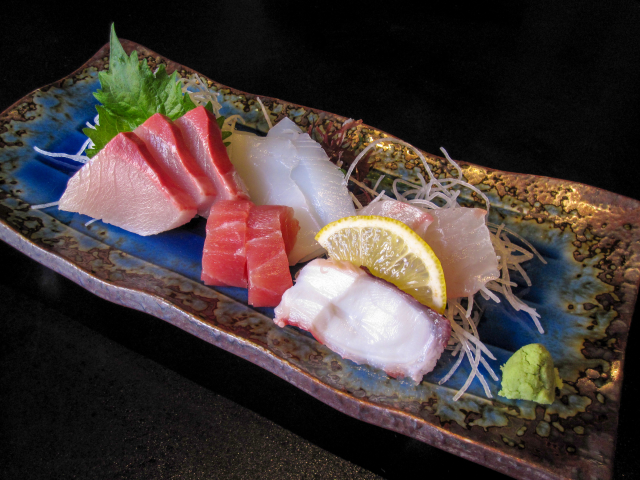
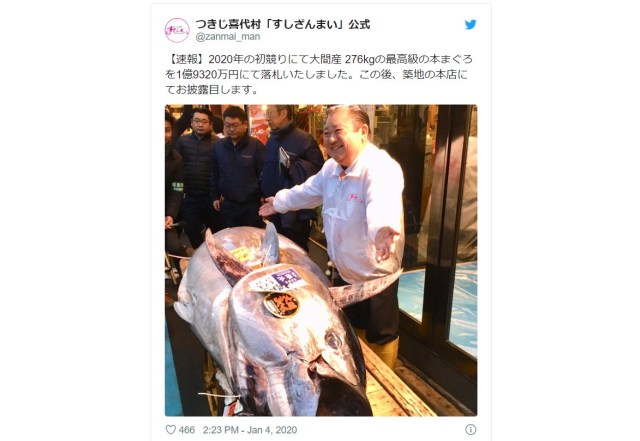
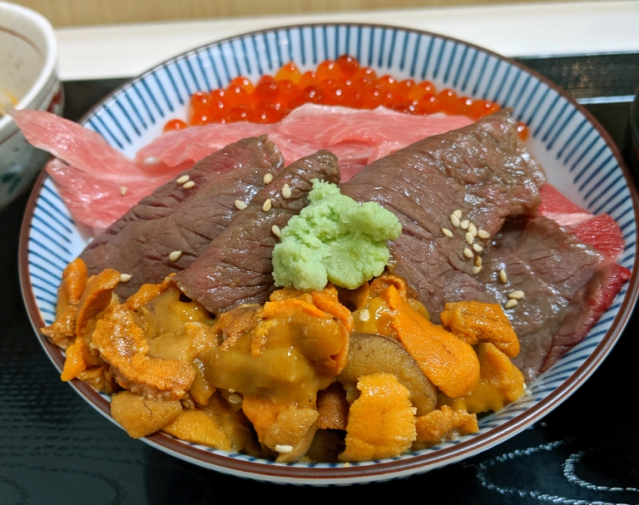
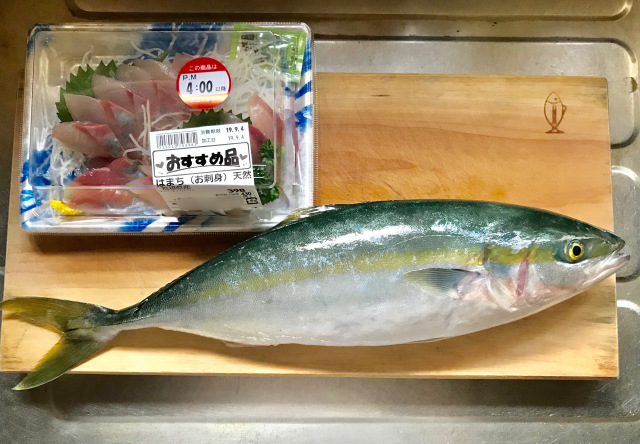
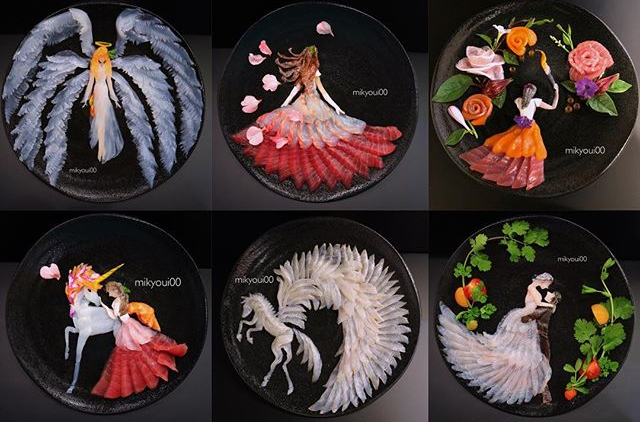
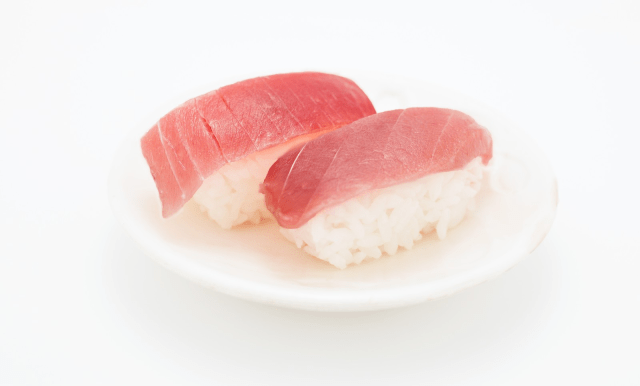
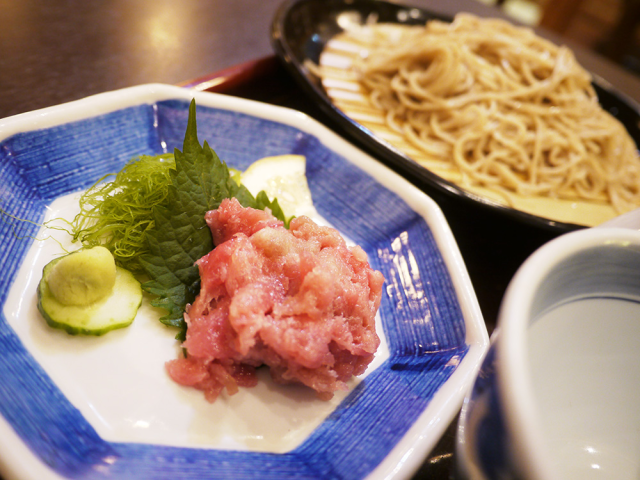
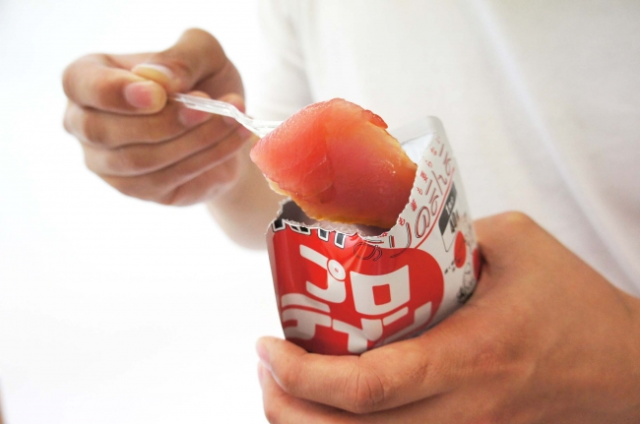

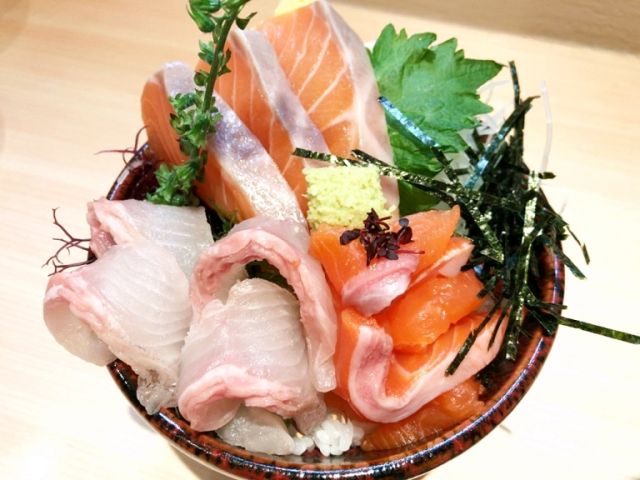
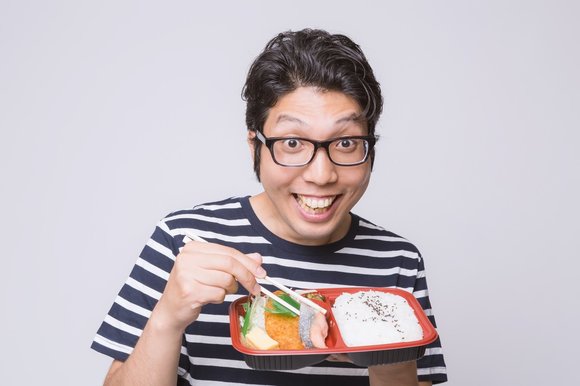
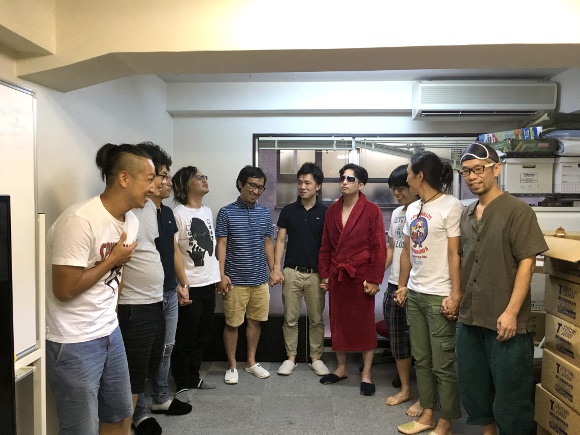
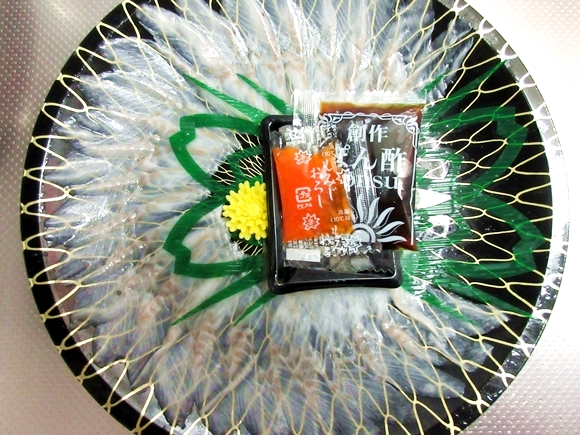
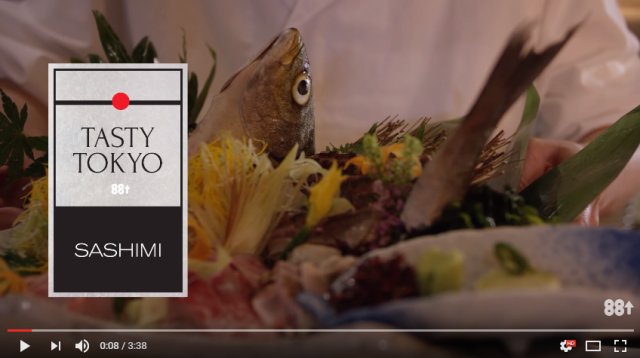

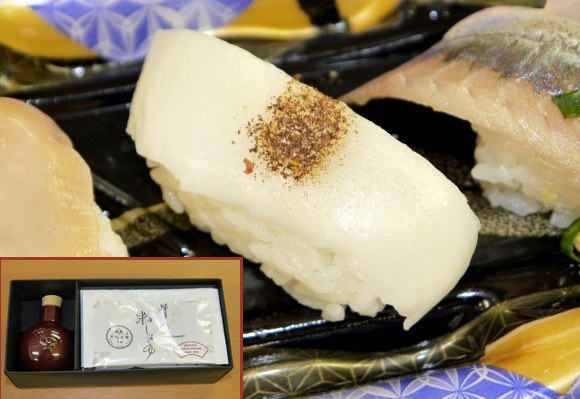
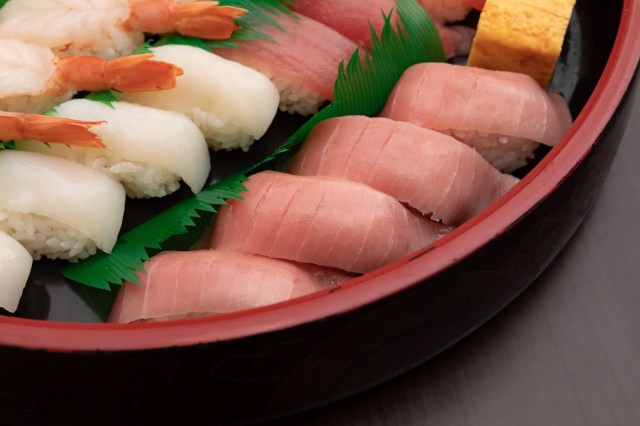

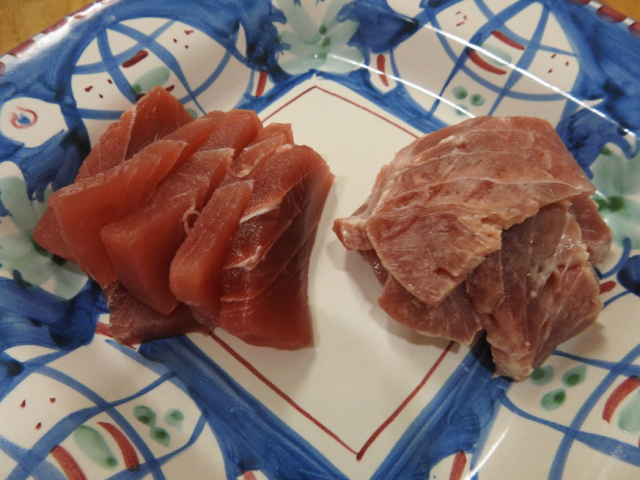
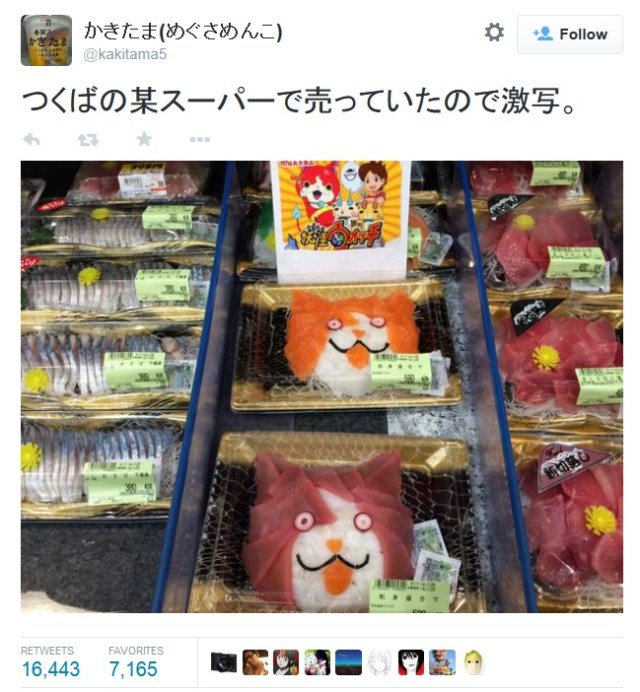
 7-Eleven Japan’s ramen-cooking robot whipped us up a bowl of noodles【Taste test】
7-Eleven Japan’s ramen-cooking robot whipped us up a bowl of noodles【Taste test】 Japan’s otoshidama tradition of giving kids money at New Year’s gets a social welfare upgrade
Japan’s otoshidama tradition of giving kids money at New Year’s gets a social welfare upgrade Mr. Sato accosts award-winning actor Hideaki Ito【Interview】
Mr. Sato accosts award-winning actor Hideaki Ito【Interview】 Is it rude to sing along at concerts in Japan? We ask a pro musician for his take
Is it rude to sing along at concerts in Japan? We ask a pro musician for his take Studio Ghibli unveils My Neighbour Totoro miniature house model
Studio Ghibli unveils My Neighbour Totoro miniature house model Yoshinoya adds first-ever chain-wide ramen with new beef and pork-broth noodle hot pot meals
Yoshinoya adds first-ever chain-wide ramen with new beef and pork-broth noodle hot pot meals Duolingo to open first pop-up store Duomart in Japan for a very limited time next month
Duolingo to open first pop-up store Duomart in Japan for a very limited time next month Lacquerware supplier to emperor of Japan and Pokémon team up for new tableware
Lacquerware supplier to emperor of Japan and Pokémon team up for new tableware 7-Eleven now sells rice burgers in Japan, blurring the line between fast and convenience store food
7-Eleven now sells rice burgers in Japan, blurring the line between fast and convenience store food This gorgeous, mouth-watering traditional Japanese breakfast…is all from 7-Eleven?!?
This gorgeous, mouth-watering traditional Japanese breakfast…is all from 7-Eleven?!? 7-Eleven Japan starts new temporary luggage storage service in over 300 branches
7-Eleven Japan starts new temporary luggage storage service in over 300 branches Disillusionment at Tsukiji’s tourist-target prices led us to a great ramen restaurant in Tokyo
Disillusionment at Tsukiji’s tourist-target prices led us to a great ramen restaurant in Tokyo Japan may add Japanese language proficiency, lifestyle classes to permanent foreign resident requirements
Japan may add Japanese language proficiency, lifestyle classes to permanent foreign resident requirements Starbucks Japan releases new zodiac chilled cup drink for 2026
Starbucks Japan releases new zodiac chilled cup drink for 2026 Starbucks teams up with 166-year-old Kyoto doll maker for Year of the Horse decorations【Photos】
Starbucks teams up with 166-year-old Kyoto doll maker for Year of the Horse decorations【Photos】 Starbucks on a Shinkansen bullet train platform: 6 tips for using the automated store in Japan
Starbucks on a Shinkansen bullet train platform: 6 tips for using the automated store in Japan Is this the most relaxing Starbucks in Japan?
Is this the most relaxing Starbucks in Japan? Large amount of supposed human organs left in Osaka marketplace
Large amount of supposed human organs left in Osaka marketplace Tokyo’s Tsukiji sushi neighborhood asks tour groups to stay away for the rest of the month
Tokyo’s Tsukiji sushi neighborhood asks tour groups to stay away for the rest of the month Japan’s human washing machines will go on sale to general public, demos to be held in Tokyo
Japan’s human washing machines will go on sale to general public, demos to be held in Tokyo Japanese train company is letting fans buy its actual ticket gates for their homes
Japanese train company is letting fans buy its actual ticket gates for their homes Tokyo considering law requiring more trash cans following litter increase in heavily touristed area
Tokyo considering law requiring more trash cans following litter increase in heavily touristed area Nintendo’s Kirby now delivering orders at Kura Sushi restaurants, but not in Japan
Nintendo’s Kirby now delivering orders at Kura Sushi restaurants, but not in Japan Tokyo event lets you travel back in time, for free, to celebrate 100 years since Showa era start
Tokyo event lets you travel back in time, for free, to celebrate 100 years since Showa era start Sanrio theme park in Japan announces plans to expand into a Sanrio resort
Sanrio theme park in Japan announces plans to expand into a Sanrio resort Survey asks foreign tourists what bothered them in Japan, more than half gave same answer
Survey asks foreign tourists what bothered them in Japan, more than half gave same answer Japan’s deadliest food claims more victims, but why do people keep eating it for New Year’s?
Japan’s deadliest food claims more victims, but why do people keep eating it for New Year’s? We deeply regret going into this tunnel on our walk in the mountains of Japan
We deeply regret going into this tunnel on our walk in the mountains of Japan Studio Ghibli releases Kodama forest spirits from Princess Mononoke to light up your home
Studio Ghibli releases Kodama forest spirits from Princess Mononoke to light up your home Major Japanese hotel chain says reservations via overseas booking sites may not be valid
Major Japanese hotel chain says reservations via overseas booking sites may not be valid Put sesame oil in your coffee? Japanese maker says it’s the best way to start your day【Taste test】
Put sesame oil in your coffee? Japanese maker says it’s the best way to start your day【Taste test】 The top 10 annoying foreign tourist behaviors on trains, as chosen by Japanese people【Survey】
The top 10 annoying foreign tourist behaviors on trains, as chosen by Japanese people【Survey】 No more using real katana for tourism activities, Japan’s National Police Agency says
No more using real katana for tourism activities, Japan’s National Police Agency says Starbucks Japan reveals new sakura drinkware collection, inspired by evening cherry blossoms
Starbucks Japan reveals new sakura drinkware collection, inspired by evening cherry blossoms Yoshinoya adds first-ever chain-wide ramen with new beef and pork-broth noodle hot pot meals
Yoshinoya adds first-ever chain-wide ramen with new beef and pork-broth noodle hot pot meals Duolingo to open first pop-up store Duomart in Japan for a very limited time next month
Duolingo to open first pop-up store Duomart in Japan for a very limited time next month Lacquerware supplier to emperor of Japan and Pokémon team up for new tableware
Lacquerware supplier to emperor of Japan and Pokémon team up for new tableware 7-Eleven now sells rice burgers in Japan, blurring the line between fast and convenience store food
7-Eleven now sells rice burgers in Japan, blurring the line between fast and convenience store food This gorgeous, mouth-watering traditional Japanese breakfast…is all from 7-Eleven?!?
This gorgeous, mouth-watering traditional Japanese breakfast…is all from 7-Eleven?!? More Than a Capsule Stay: Why Solo Travelers Choose “global cabin Yokohama Chinatown”
More Than a Capsule Stay: Why Solo Travelers Choose “global cabin Yokohama Chinatown” 7-Eleven Japan has a hack for creating insanely delicious potato chip rice meals
7-Eleven Japan has a hack for creating insanely delicious potato chip rice meals More people in Japan quit sending New Year’s cards and many have started to regret it
More people in Japan quit sending New Year’s cards and many have started to regret it Fukuoka woman arrested for drunk bicycle riding
Fukuoka woman arrested for drunk bicycle riding 5 Japanese women who can kick your ass (in martial arts)【Women in Japan Series】
5 Japanese women who can kick your ass (in martial arts)【Women in Japan Series】 Can a dirty butthole make you filthy rich in Japan? We’re starting a New Year’s lottery experiment
Can a dirty butthole make you filthy rich in Japan? We’re starting a New Year’s lottery experiment 7-Eleven Japan starts new temporary luggage storage service in over 300 branches
7-Eleven Japan starts new temporary luggage storage service in over 300 branches “We don’t want to be girls. We just want to be cute!” The future of crossdressing in Osaka
“We don’t want to be girls. We just want to be cute!” The future of crossdressing in Osaka